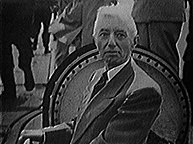
Let me take a time out at this point in the story to fill in some history - to give you some perspective on Submarine Tenders particualarly SSBN Tenders - So I'll digress back a ways - way back -- to say - 1941!
 |
| Hyman Rickover |
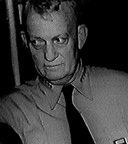 |
| Arleigh Burke |
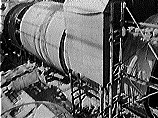 | 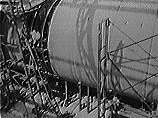 |
| The Washington being "reassembled". The part just visible in the upper left corner of the picture is the front half of the original "Scorpion". The front of the new section being added is the Missile control / Navcenter. | This section is part of the "tubes" addition. |
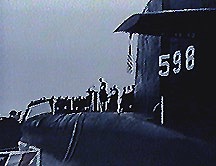 | 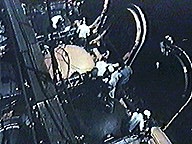 |
| The Washington - ready for service... | A rare look at the "business end" of the Polaris Delivery System |
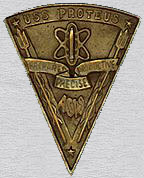 |
PRODUCTIVE PRECISE" Upon rejoining the fleet - the Proteus adopted this as her statement of mission. |